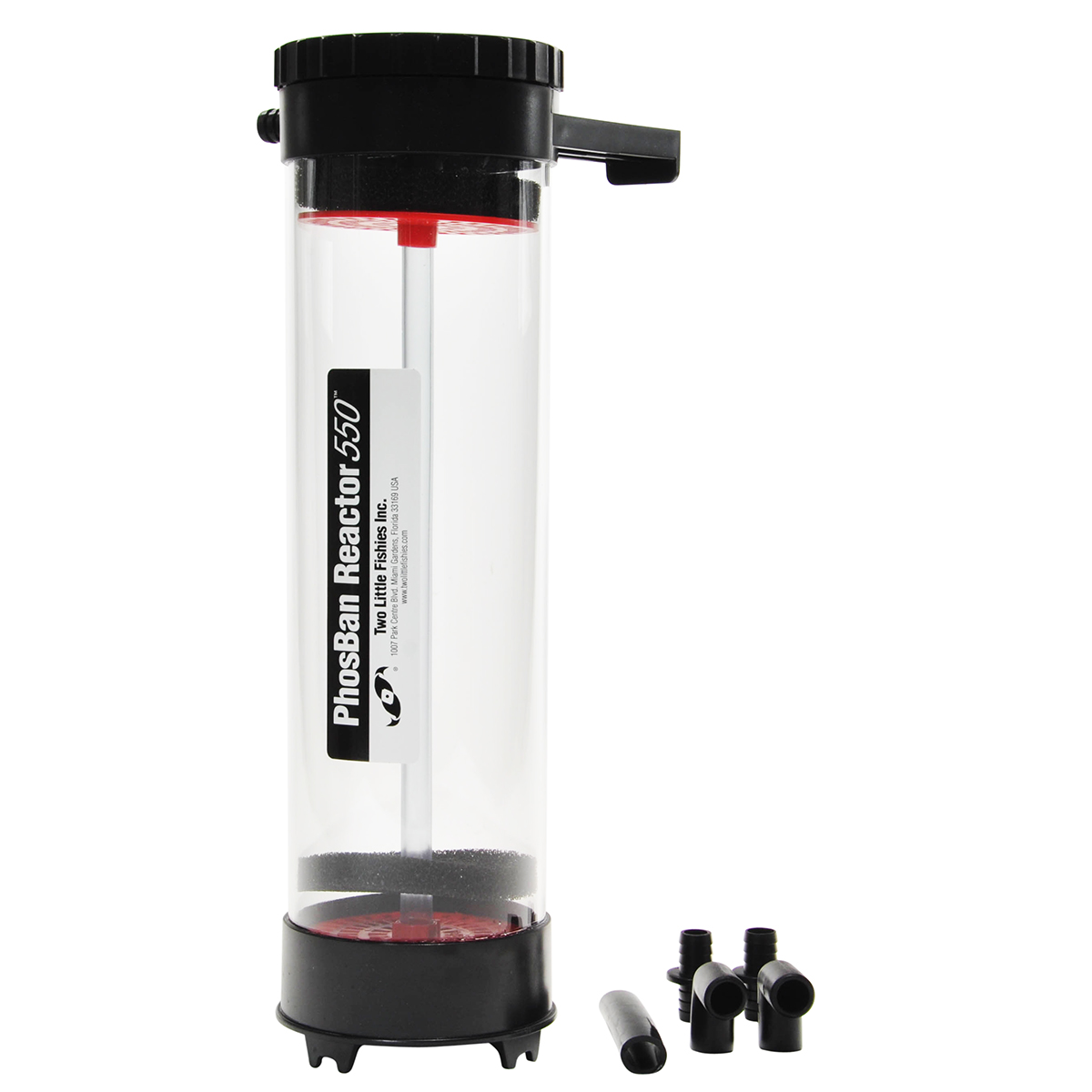Phosphate Reactor
A phosphate reactor is a device used to reduce the levels of phosphate in an aquarium. Phosphates are one of the primary causes of undesirable algae growth, and high levels can lead to the deterioration of water quality, putting stress on aquatic life. Installing a phosphate reactor in your aquarium can help to maintain a healthy environment for your aquatic pets, making it a vital tool for aquarists.
Pain Points Related to Phosphate Reactor
Many aquarists struggle with high levels of phosphate in their aquariums. This can lead to various issues, including the growth of unwanted algae and poor water quality, which can be harmful to fish and other aquatic life. Maintaining the appropriate phosphate level can be challenging, especially for those who are new to aquarium keeping. However, installing a phosphate reactor can help to alleviate these issues and make aquarium maintenance a lot easier.
The Target of Phosphate Reactor
The primary goal of a phosphate reactor is to remove excess phosphate from the aquarium water. The device operates by passing water through a filter media that attracts and binds phosphate molecules. After passing through the filter, water returns to the aquarium with reduced levels of phosphate, resulting in better water quality and reducing the risk of algae growth.
Summary of Key Points
To summarize, a phosphate reactor is a tool that helps reduce the levels of phosphate in an aquarium. High levels of phosphate can cause undesirable algae growth and put stress on aquatic life. Installing a phosphate reactor can help maintain a healthy environment for your aquatic pets.
What is a Phosphate Reactor
A phosphate reactor is a filtration device that removes excess phosphate from aquarium water. It works by passing water through a filter media, such as phosphate removing resin or activated carbon. The phosphate molecules are attracted and bind to the filter media, removing them from the water. The filtered water is then returned to the aquarium, reducing the levels of phosphate in the water. In addition to reducing the levels of phosphate, a phosphate reactor can also remove other contaminants such as nitrate and organic waste, further improving the water quality.
My personal experience with a phosphate reactor has been a positive one. After struggling with high phosphate levels and algae growth, I decided to install a phosphate reactor in my aquarium. The device has made a noticeable difference in the water quality, and I have seen a significant reduction in the amount of algae growth.
Types of Phosphate Reactors
There are two main types of phosphate reactors - Hang-On-Back reactors and In-Sump reactors. Hang-on-Back reactors are designed to be mounted on the back of the aquarium, making them easy to install and maintain. In-Sump reactors are installed directly in the sump of the aquarium, making them an ideal option for larger aquariums or those with limited space.
Regardless of the type of reactor, it's essential to select one that's appropriately sized for your aquarium. Installing a reactor that's too small will not adequately remove the phosphate from the water, while installing one that's too large can be expensive and unnecessary.
Tips for Maintaining a Phosphate Reactor
Maintaining a phosphate reactor is relatively straightforward. The filter media should be replaced every three to four months, or when the phosphate level in the water starts to rise. It's also essential to ensure that the water flow through the reactor is sufficient. Too much water flow can cause the filter media to tumble, reducing its effectiveness, while too little water flow can cause the media to become clogged and reduce its ability to attract phosphate.
Conclusion of Phosphate Reactor
A phosphate reactor is an essential tool for maintaining a healthy aquarium. High levels of phosphate can cause unwanted algae growth and put aquatic life at risk. By removing excess phosphate from the water, a phosphate reactor can help to maintain water quality and reduce the risk of algae growth. When selecting a phosphate reactor, consider your aquarium size, and select a device that's appropriately sized for your needs. With proper maintenance, a phosphate reactor can help to keep your aquarium clean and healthy for your aquatic pets.
Gallery
PhosBan Reactor 550 - Bulk Reef Supply

Photo Credit by: bing.com / reactor carbon gfo bulkreefsupply
Atomic Mini 50 Hang On Phosphate Reactor - Atomic Reactor
Photo Credit by: bing.com / reactor atomic phosphate mini hang
PO4 150 Reactor (660l). For Phosphate, Phosban, Purigen And Carbon
Photo Credit by: bing.com / reactor purigen phosphate po4 660l ended
Kent Marine » Kent Phos Reactor | Products
Photo Credit by: bing.com / reactor phos kent features marine
How To Set Up A Phosphate Reactor - YouTube

Photo Credit by: bing.com / reactor phosphate
